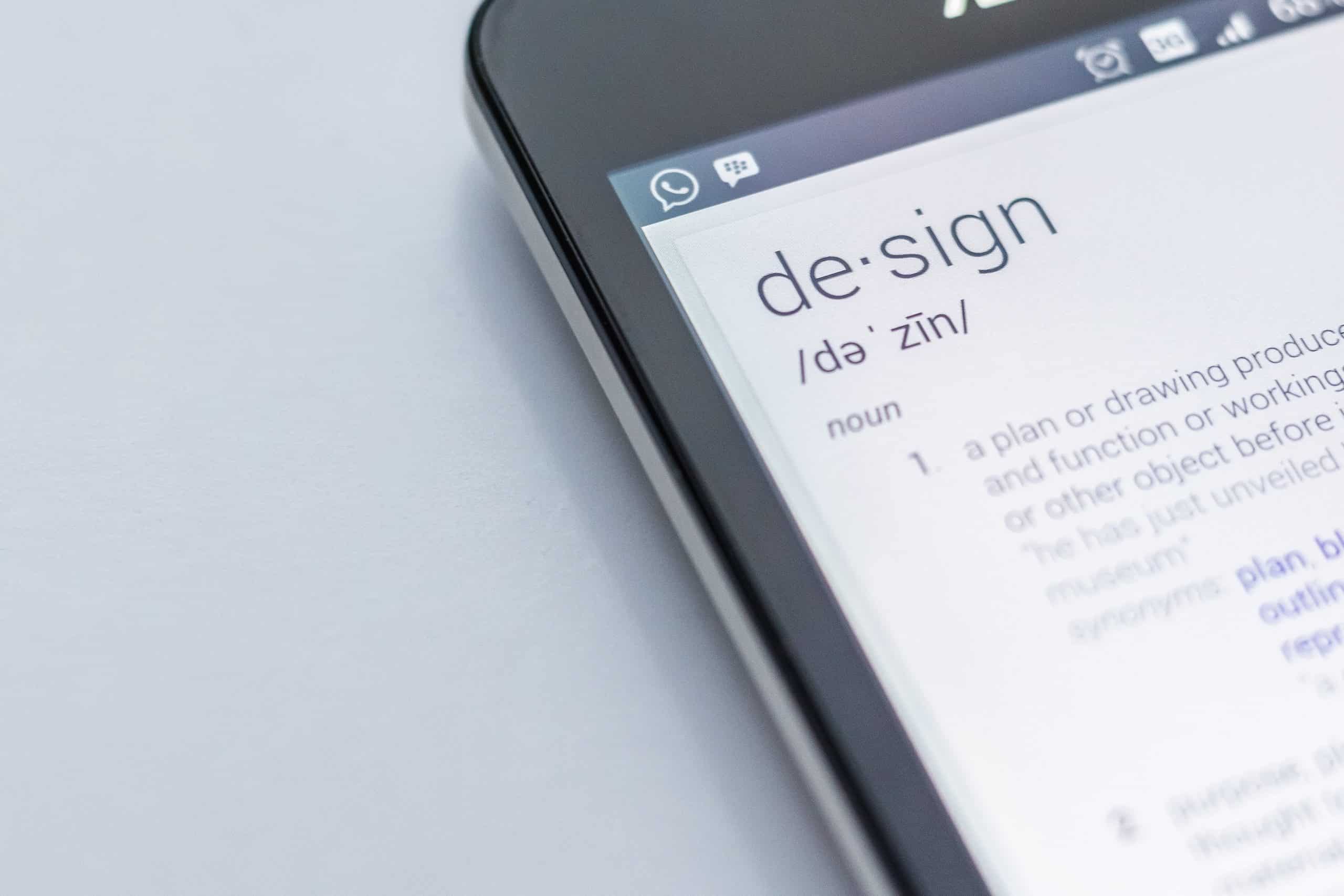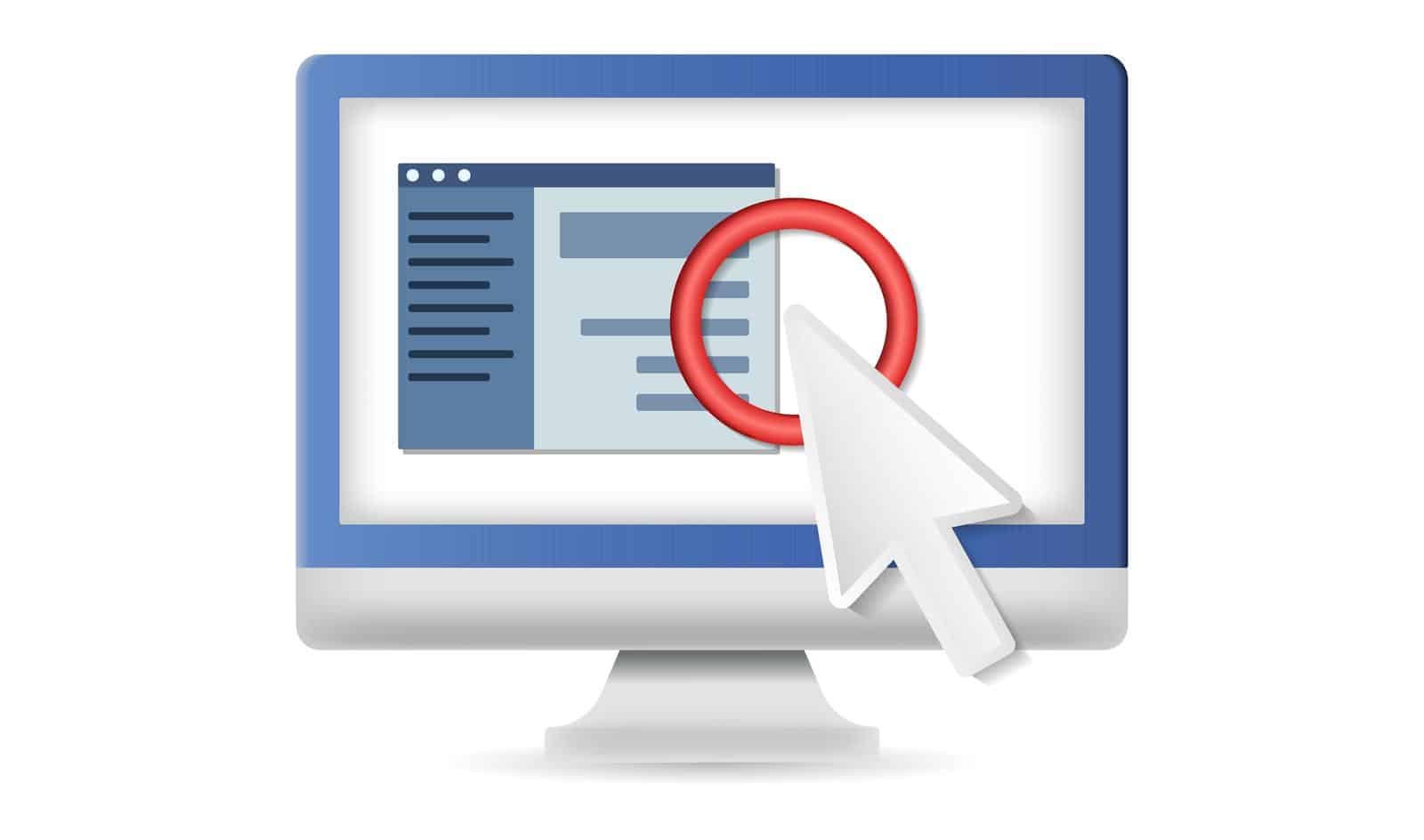How Web Design Affects SEO
Overview
Have you ever Googled a product or service and come across two very different looking websites?
One is attractive, pleasing to the eye and easy to navigate.
The other looks outdated, has confusing menus and feels like it was built in 1994.
I think we all know which one ranks higher on Google!
In today’s digital age, web design isn’t just about aesthetics; it also plays an important role in determining how well your website ranks in search engine results pages (SERPs).
If you want your website to rank on search engines, understanding how web design affects SEO can make all the difference between success & failure.
In this guide, we’ll explore everything there is to know about how good web design impacts SEO so that you can get the most out of your hard work!
What Is SEO?
SEO stands for Search Engine Optimization and it is a very important part of helping your website rank for specific keywords.
It involves various techniques and strategies aimed at improving the quality and relevance of website content, structure, and technical setup to make it more visible and accessible to search engine crawlers and users.
The ultimate goal of SEO is to drive more organic traffic to a website, increase its online visibility and credibility, and ultimately improve its performance and ROI.
Web Design Explained
Web design is the process of creating a website’s look, feel and user experience.
It involves careful planning and thoughtful consideration of various elements such as aesthetics, typography, color scheme and layout.
All these elements should work together to create an engaging web experience that encourages visitors to stay on the site longer, explore more content or take some type of action.
The goal of any good web design is to not only make the website visually appealing but also easy and intuitive for users to navigate.
The navigation should be clearly laid out in a straightforward manner so that visitors can move through it quickly and easily without getting lost or confused.
How a Web Design Impacts SEO
First impressions are everything.
If you want people to find your site via a Google search or through direct links, it needs to be visually appealing with content that’s informative and easy-to-navigate.
Your website needs to feature intuitive navigation menus that give users clear direction as they’re exploring your content.
This helps ensure they don’t get lost or confused while trying to find what they need quickly.
Site speed also plays a role here; if pages aren’t loading quickly enough, visitors will bounce off the page before ever getting their question answered or goal accomplished – both of which hurt SEO rankings in the long run.
What Is A Responsive Website Design?
Responsive website design is a method of designing webpages so that they are optimized for different types of devices.
Responsive websites use HTML5 and CSS3 code to create adaptive page layouts which automatically adjust to the size and orientation of the user’s device.
The code uses “media queries” to detect how big or small each element needs to be for optimal display on every screen size and resolution possible.
A well-designed responsive site ensures that users have a great experience when viewing your content, regardless of whether they’re using a desktop computer, tablet, or mobile phone.
This will help with your SEO since Google considers mobile-friendliness as part of its ranking algorithm.
How a Responsive Design Impacts SEO
A responsive website design is important in SEO because it improves user experience, which is a key ranking factor for search engines.
Responsive design ensures that a website’s content is displayed optimally on all devices, including desktops, laptops, tablets, and smartphones.
This means that users can easily navigate and interact with the website, regardless of the device they are using.
Search engines like Google prioritize user experience, so a website that is responsive and provides a positive user experience will likely rank higher in search results than a website that is not optimized for all devices.
A responsive website can also improve your website’s loading speed, which is another important ranking factor for search engines.
Having a responsive design also eliminates the need for a separate mobile website, which can dilute the SEO efforts by creating duplicate content.
When a website has a single URL and the same content across all devices, it makes it easier for search engines to crawl and index the content.
This ultimately leads to better search visibility and improved SEO performance.
Best Practices for Responsive Designs
The best practices for implementing a responsive design depend on the specific size and type of website.
For small websites, it is recommended to start by using existing tools such as Bootstrap or Skeleton, which are free frameworks designed specifically for creating mobile-friendly websites.
These frameworks can help speed up your development process and ensure that your site displays correctly on all device sizes.
For larger sites, you may want to consider customizing your own responsive framework or using CSS media queries.
Customizing gives you more control over how each element of your site looks at different media query breakpoints (the point when the page layout changes depending on device size).
You should also make sure that all images used throughout your site are properly sized so they don’t take up too much space or cause long load times.
If you’re website is built on WordPress, you can use tools such as ShortPixel Image Optimizer to optimize your images, which can help them load much faster.
How Site Speed Impacts SEO
Site speed is a crucial factor when it comes to SEO.
It has a direct impact on user experience and search engine rankings.
Slow-loading websites can cause users to become frustrated and leave the site, leading to a high bounce rate.
Search engines like Google prefer websites that load quickly because they generally provide a better user experience.
To illustrate this point, take Google’s PageSpeed Insights tool as an example.
This tool measures the loading speed of a website and provides suggestions for how to improve it.
Websites with higher scores on PageSpeed Insights tend to rank better in search results.
Another important aspect of site speed is its relationship with conversion rates.
Research shows that websites that load faster tend to have higher conversion rates.
This means that businesses can increase their revenue by improving the speed of their websites.
Walmart, for example, found that for every 1-second improvement in site speed, they experienced a 2% increase in conversions.
With more users accessing the internet via their smartphones, Google now prioritizes the mobile version of a website when crawling and indexing content.
Therefore, having a fast-loading mobile version is crucial for websites that want to rank well in search results.
Best Practices for Improving Site Speed
To improve site speed, there are several best practices that website owners can follow.
Here are some of the best practices for improving a website’s site speed:
– Compress images to reduce file size, so they load faster.
– Utilize browser caching to store static content in visitors’ browsers and cut down on HTTP requests.
– Minify code by removing unnecessary characters (such as whitespace) from HTML, CSS, and JavaScript files to reduce file size and improve download times.
– Enable gzip compression for all your website assets, including HTML pages, javascripts and style sheets. Gzip compresses data before it leaves the server, making pages load quicker when they reach the visitor’s browser.
– Move JavaScripts to the bottom of page where possible – this will help prevent blocking other elements from loading properly while scripts are downloading.
By implementing best practices you should find that you’re able to improve your website’s load times.
This, in turn, can lead to increased traffic, higher conversion rates, and ultimately, greater revenue.
As the internet continues to evolve, site speed will only become more important, making it essential for website owners to prioritize site speed optimization.
How Navigation Impacts User Experience & SEO
Ensuring good navigation and user experience is crucial for successful web design.
By making it easy for users to find what they’re looking for, websites can increase organic traffic and provide a positive experience for visitors.
Having an intuitive navigation structure helps search engine bots crawl pages accurately and index all content correctly.
In order to ensure your navigation provides a good user experience, it’s important to have clear categories with labels that accurately reflect the content within them.
For instance, if a website has blog posts about sports, but no category labeled “sports” or “athletics”, visitors may struggle to find them.
An effective way to improve usability is through breadcrumb navigation, which allows users to see their location within the website hierarchy and easily access higher levels in the page structure.
How Hierarchy & Structure Impacts SEO
In the context of SEO, hierarchy and structure refer to the organization and categorization of website content.
By establishing a clear hierarchy and structure, you can improve user experience and help search engines understand the relationships between different pages and content.
For example, a website selling shoes might have a homepage that provides an overview of the company and its products.
From there, the site might have categories for men’s shoes, women’s shoes, and children’s shoes.
Each category page could then have subcategories for different types of shoes (e.g. sneakers, sandals, boots).
Within each subcategory, there would be individual product pages.
By organizing content in this way, you can help your visitors easily navigate to the information they’re looking for.
Search engine bots will also be able to better understand the relationships between the different pages and content on your site.
How Visual Design Impacts SEO
Visual design plays an important role in your website’s SEO (Search Engine Optimization) because it can impact user experience and engagement, which are key factors that search engines use to rank websites.
Let’s take a look at some of the most common ways visual design can impact your SEO:
- User experience: Visual design plays a crucial role in the overall user experience of a website. Websites that are visually appealing and easy to navigate are more likely to keep visitors on the site for longer, which can positively impact their engagement metrics like bounce rate, time on site, and pages per session. These metrics are important ranking factors for search engines like Google.
- Image optimization: Images are an important part of visual design, and they can help to enhance the user experience of a website. However, images can also slow down the loading speed of a site, which can negatively impact SEO. Therefore, it’s important to optimize images for SEO by compressing them to reduce their file size and adding relevant alt tags to improve their accessibility and search engine visibility.
- Mobile responsiveness: With the increasing number of mobile users, having a website that is responsive and optimized for mobile devices is crucial. A visually appealing website that is not optimized for mobile devices can negatively impact user experience and increase bounce rates. Since mobile-friendliness is a ranking factor for Google, it’s important to ensure that the visual design of your website is mobile-friendly.
- Video optimization: Videos are becoming an increasingly popular way to engage website visitors. However, just like images, videos can also slow down the loading speed of a website. It’s important to optimize videos for SEO by compressing them, adding relevant metadata, and using a video sitemap to improve their search engine visibility.
Conclusion
A website that is well-designed, user-friendly, mobile-responsive, and loads quickly can enhance user experience, encouraging them to spend more time on the site.
This, in turn, can result in higher engagement rates, lower bounce rates, and ultimately better search rankings.
Besides, following good web design practices such as using appropriate HTML tags, optimizing images, and maintaining clean code can help search engines crawl and index the site more efficiently.
Poorly designed websites with slow loading times, broken links, and cluttered layouts can have adverse effects on SEO and hinder your search engine rankings.
This is why you should prioritize good web design practices as a fundamental aspect of your web design and SEO strategy.





